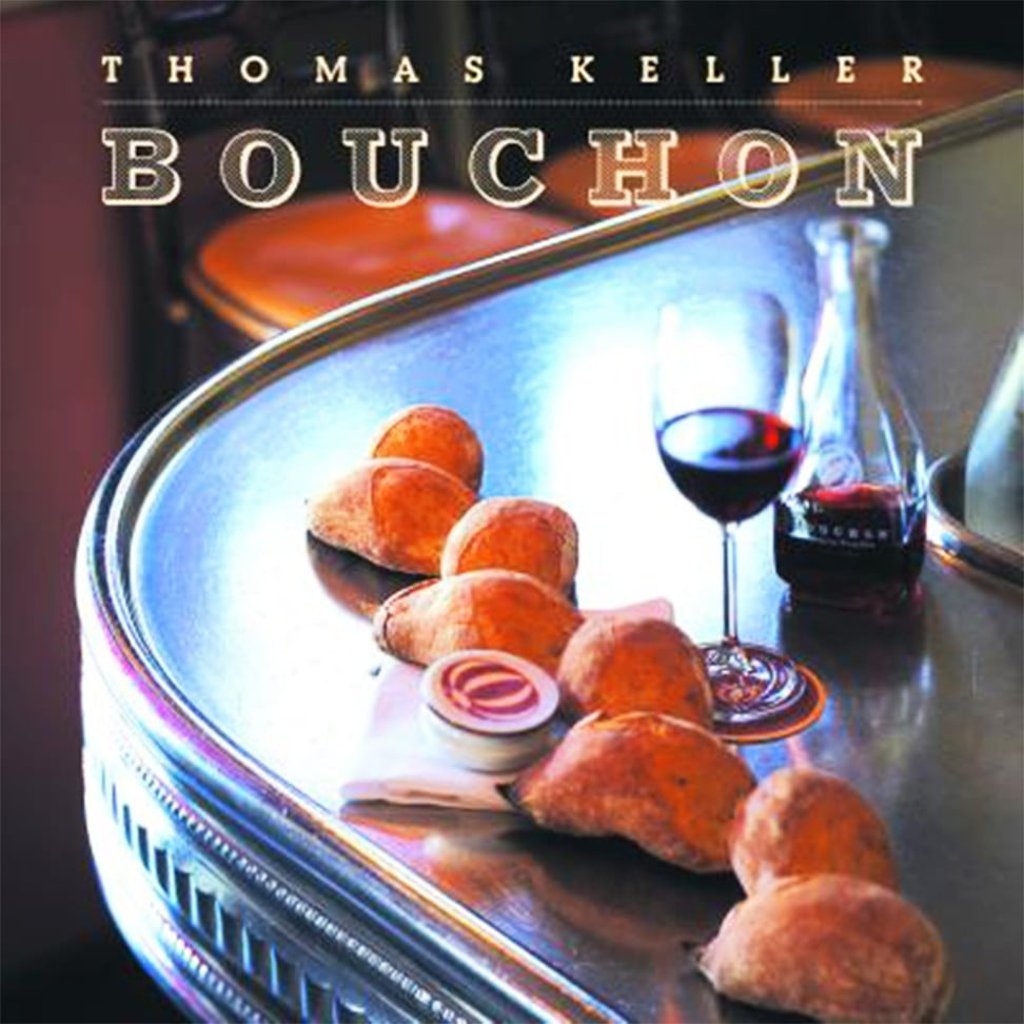American chef Thomas Keller’s bistro dishes are treated with the same care as his fine dining fare
- In his cookbook Bouchon, Keller laments the fact that bistro fare has become debased due to ignorance
- Just because the more casual style of cuisine is cheaper, it doesn’t mean it is any less precise

Thomas Keller became famous for The French Laundry, his fine-dining restaurant in Yountville, California. The American chef also has a second fine-dining restaurant, Per Se, in New York, but it is his Bouchon chain of casual French bistros that made his food accessible to those without deep pockets.
In the introduction to Bouchon (2004), Keller writes, “Bistro cooking is my favourite food to eat. Roast chicken and a salad of fresh lettuces with a simple vinaigrette. Frisée salad with crisp, chewy lardons and a poached egg. A dense steak with lemon-herb butter and frites. Ask chefs what their notion of a perfect meal is and nine out of 10 will name dishes such as these. These preparations, almost universally appealing, represent what’s true and durable in the expanding field of the culinary arts, and are forever satisfying to eat.
“I love foie gras. One of my most favourite things to eat is white truffle. To poach a lobster tail in butter or to place a crisp-skinned rouget against the vivid green of a parsley coulis is galvanising to me as a craftsman and cook. But in the daily routine of my life, I enjoy a perfectly cooked quiche with bacon and leeks every bit as much. I am thrilled when an onion soup, with the perfect proportions of broth to onions to crouton to cheese that’s molten beneath a golden crust, is set before me. The sight and aroma of a perfectly roasted chicken never fail to excite me.”
Keller adds that just because bistro cuisine is cheaper and more casual than the food he serves at The French Laundry, that doesn’t mean the cooking is less precise.

“Bistro dishes have become somewhat debased […] by overuse and lack of understanding. The quiche, for instance, never had a chance in America because we were told to make a quiche in a pie shell. You can’t make a proper quiche in a pie shell; it needs a deep tart crust. Bistro food is not about specialised ingredients, rather it is about precision of technique brought to bear on ordinary ingredients.